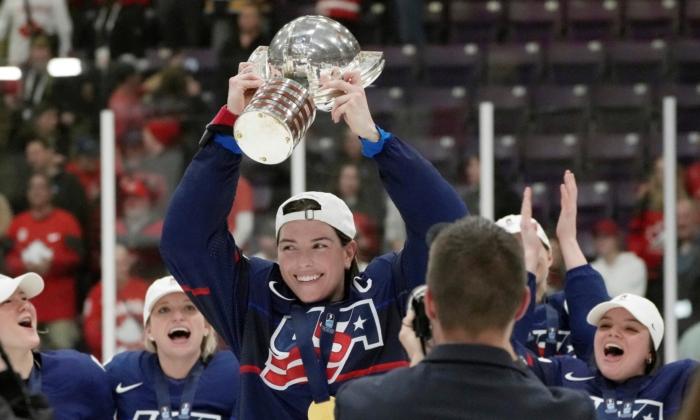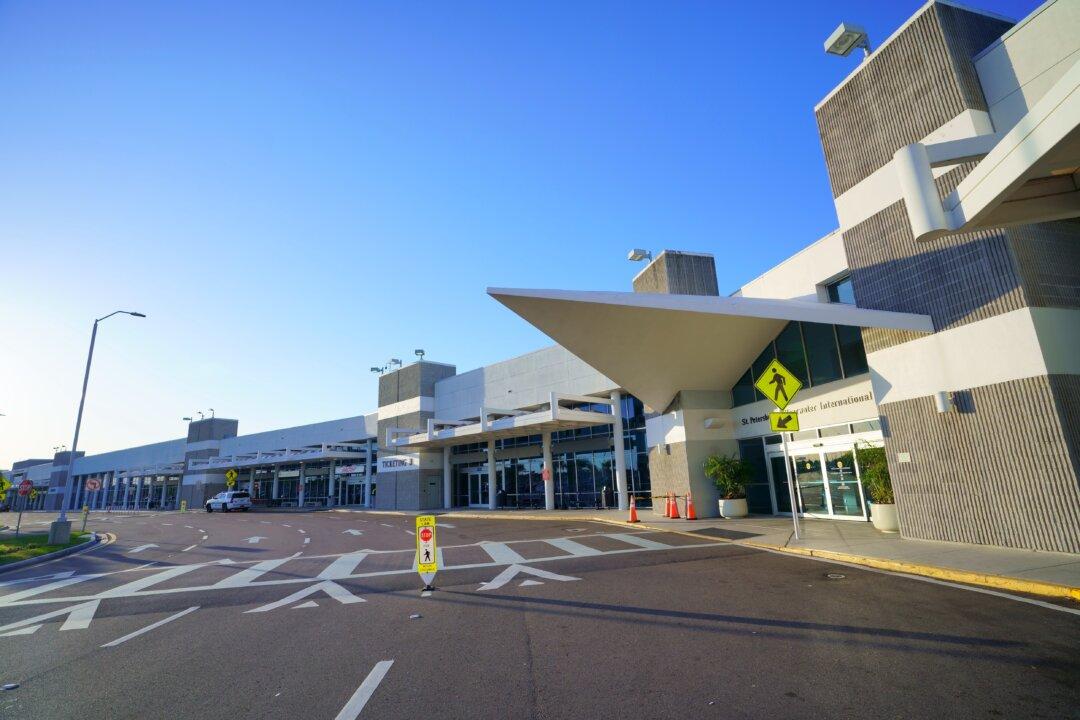Hilary Knight, Marie-Philip Poulin, and their fellow U.S. and Canadian national team stars now have an idea of where they will be playing when the Professional Women’s Hockey League launches in January.
The new league unveiled its Original Six franchises on Tuesday, putting each one of them in NHL markets with track records of supporting hockey and, specifically, the women’s game.
Boston, New York City’s tri-state area and Minneapolis-St. Paul were the U.S. sites selected as homes for the yet-to-be named teams. The Canadian franchises will be in the nation’s three largest northeastern cities: Toronto, Montreal, and Ottawa.
Even more encouraging were the assurances during a near 90-minute news conference that the PWHL is looking ahead to solidifying its long-term future.
For the privately backed league to succeed where many of its many predecessors have failed, board of directors member Stan Kasten vowed that his boss and the league’s primary financial investor—Los Angeles Dodgers co-owner Mark Walter—is in it for the long haul.
“We didn’t do this for the short term. We didn’t do it for the long term. We did it for it to be permanent. We have plans,” Kasten said. “We understand this is going to be expensive, particularly in the early years. But we’re prepared for that and we think of all those amounts of money not as being expenses or losses. We think of them as investments in what we are building.”
Kasten acknowledged there will be growing pains, noting it will prepare everyone for Year 2 and beyond.
There is still much to work to do—from the hiring of GMs, coaches, and support staff to holding a 15-round draft on Sept. 18—since the PWHL was founded a mere two months ago after Walter eliminated the competition by purchasing the assets of the now-defunct Premier Hockey Federation.
This is the type of vision and backing the Professional Women’s Hockey Players’ Association sought when it was established in 2019 following the demise of the Canadian Women’s Hockey League. Rather than join the rival National Women’s Hockey League (later renamed the PHF), members pursued a future in which they would have a say in forming a league with their plans for a sustainable economic model and fair wages.
“The demand is there, the excitement is there, the willingness for people to really embrace what we’re doing. I don’t think there’s ever been a better time,” said Jayna Hefford, the PWHPA’s former chief consultant who has vacated that role to become the PWHL’s senior vice president of hockey operations. “We’re incredibly confident for the future of this league.”

Former NHL executive Brian Burke is taking over as the PWHL Players’ Association executive director. Burke has been a women’s hockey supporter since the sport’s Olympic debut at the 1998 Nagano Games.
“I’ve watched the struggles. I’ve watched players borrow tape and borrow laces when teams were playing and had no resources at all,” said Burke, who was also a CWHL board member. “So I’ve seen the hardships they’ve been through, the iterations they’ve gone through. And to put this together, I’m so proud to be involved.”
The PWHL is banking on long-term stability by placing an emphasis on large population centers and media markets in a bid to gain traction in a crowded North American sports landscape. The league has also leaned on the NHL for support to showcase the PWHL and its players.
Discussions are taking place for the PWHL to take part in high-profile NHL events such as the Winter Classic, which will be held in Seattle on Jan. 1, other outdoor games as well as the league’s All-Star festivities, which will be held in Toronto in February.
The NHL released a statement congratulating the league on announcing its six markets, adding: “We remain committed to supporting the women’s game and look forward to working together with the PWHL to grow our sport.”
Each team will feature a 23-player roster, and is required to have a minimum of 28 players for training camps, which open in November. Players have already ratified a collective bargaining agreement that runs through 2031 and features a salary range of $35,000 to $80,000.
The PWHL wasn’t prepared to announce the arenas in which teams will play. Kasten noted some potential venues are home to Ontario Hockey League and American Hockey League franchises, which generally have a 10,000-seat capacity, but other possibilities are smaller.
The inaugural season will feature each team playing a 24-game schedule, which is expected to overlap with the women’s world championships in April, with the playoffs expected to run into June. Next year, Kasten said the schedule will expand to 32 games per team, with the season starting in November.
The six markets have been home to women’s hockey franchises dating at least to 2015, when the NWHL was established as a four-team league. Toronto, Montreal, and Boston previously had franchises dating to at least 2010 as CWHL members. Ottawa was a CWHL member from 2007–10.
The Twin Cities have been home to professional women’s hockey since the Whitecaps were founded in 2004 to play in the then-Western Women’s Hockey League. Minnesota also is home to numerous current and former national team players.
Kasten said the expansion is part of the PWHL’s long-term plans and didn’t rule out the potential of selling franchises, which currently are solely controlled by the league.
“We want to get our model right first, to make sure we had people in place and processes in place, so let’s start with six,” Kasten said in declining to reveal the league’s budget. “But we absolutely have plans to be bigger some day.”







